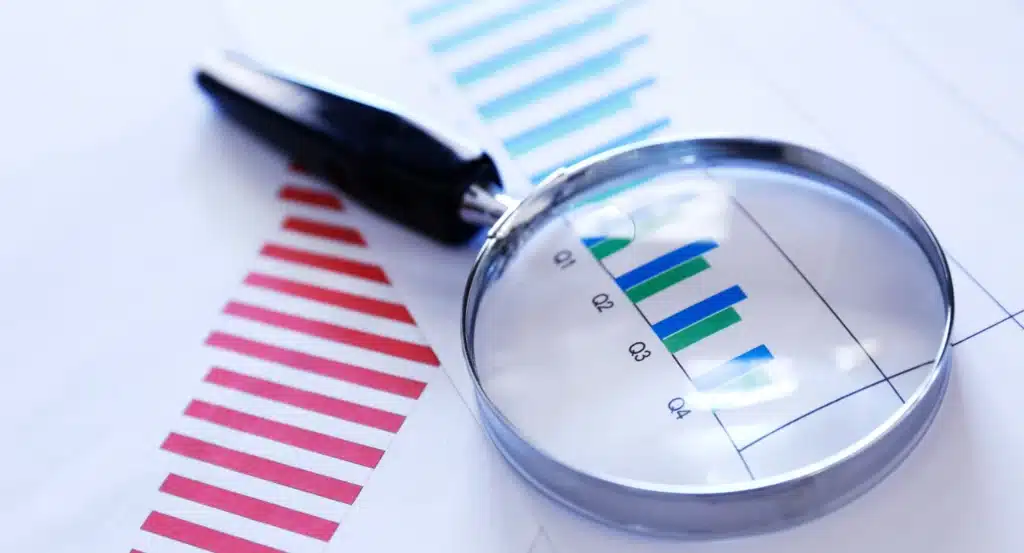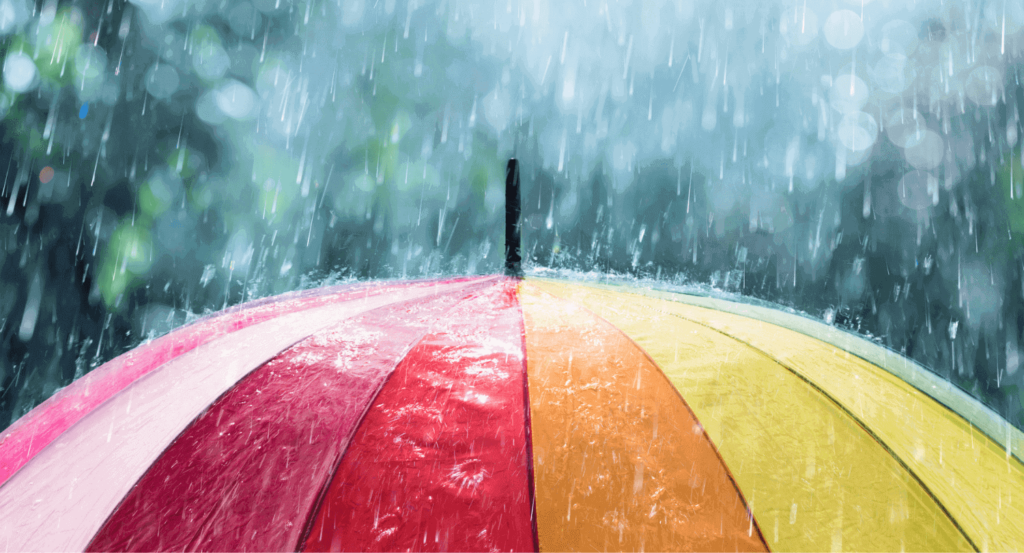Effective Lifecycle Email Marketing in 2025 (Strategies + Examples)

Having a strong email marketing strategy can be one of the most effective ways to drive sales in your business. By creating a strategic sales funnel that captures leads and converts them to repeat customers, you create a structure for success.
Lifecycle email marketing takes your sales funnel to the next level and gives consumers the push they need to complete a transaction. Here’s everything you need to know about effective lifecycle email marketing in 2025.
Section 1:
What is lifecycle email marketing?
Lifecycle email marketing is the implementation and execution of targeted email marketing campaigns that speak to customers at their location within the customer lifecycle. While customers generally fall into the lifecycle categories of awareness, research, purchase, and retention, there’s a lot going on within each stage.
By using an integrated email chatbot capture that collects data from your eCommerce interface, you can trigger automated emails that help potential and existing customers move from one stage to another. The best part is, that once this protocol is implemented, there’s very little work to maintain it. In other words, you keep selling even when you’re asleep.
To simplify the examples and strategies, consider your customers in three phases: leads and prospects, active customers, and lapsed customers.
Section 2:
Leads and prospects
When you create a B2B SEO strategy for 2025 and beyond, the main focus is attracting new leads and converting them to prospects by capturing their email address. By building a rapport with people in this phase, you can achieve the goal of having them transition to paying customers.
First, you must encourage the leads who find your site to share their email address and provide an audience for you to work your magic. Offering a discount in return for an email address is one of the best ways to capture someone in your email management system.
Once you’ve captured the email, there are three targeted lifecycle email marketing strategies to take.
Browse Abandonment
The first target area is browse abandonment. This trigger takes place when someone looks at a few items but doesn’t add anything to their cart.
There are two possible triggers to consider. One, if 24 hours with no return, send an email inviting the prospect to come back and keep shopping. Two, if there’s a specific item that gets viewed two or three times, send a targeted email highlighting that item.

Cart Abandonment
After browse abandonment comes cart abandonment. This takes place when someone adds items to their cart but doesn’t complete the transaction. Perhaps they had second thoughts or got distracted.
Trigger an email for 24 hours after the abandonment reminding your prospect that they have items waiting for them. If this email doesn’t initiate a sale, trigger another email for a week following. Some businesses add a third follow-up offering a discount. However, your repeat customers might get used to the idea that waiting will save them money. Decide what works based on your business goals.
Section 3:
Active customers
When your prospect completes a transaction, they become an active customer. In addition to celebrating this purchase with a thank you email, you should enact the following strategies to keep them active.
Review and feedback
Using review and feedback emails helps prove your value as a business. It gives customers a platform to share their thoughts and feel heard, strengthening their trust in your brand. Consider offering an incentive for their time.
Article continues below.
Want to stop your email marketing finding the deleted folder?
Use our FREE growth audit to analyse your current email marketing campaign, and we’ll work with you to build a strategy to effectively target, nurture, and convert.
Tripwires and Upsells
You can start upselling your customer right away. One of the most effective ways to do so is triggering a tripwire. This follow-up email should be timebound, offering a significant incentive for a similar (think cross-selling) product.
Offering a tripwire that expires within 24 hours of the initial purchase allows you to roll the additional purchase into their current order.
Section 4:
Lapsed customers
Upselling, cross-selling, and offering value-added incentives will be enough to keep many customers active for months. However, it’s common for some customers to fall by the wayside.
If you’ve proven your value, getting customers to come back is more affordable and profitable than acquiring new leads. Here is an effective strategy for lifecycle email marketing at the lapsed customer phase.

We Miss You
The “We Miss You” email is tried and true. You can set this email to trigger after a customer remains dormant for a specified period. You might choose to have a flow based on which emails in the series are left unopen.
For example, send an email at eight weeks following the last purchase. If that goes unopened, another might send at six months following the last purchase. From there, the process could repeat for as long as you choose. There’s often an incentive included with these emails to reduce purchase friction.
Section 5:
Build a strategy
To effectively implement lifecycle email marketing, you’ll need two things: a goal-oriented strategy and the tools to make it happen. Having a reliable email marketing system in place is integral to make these targeted campaigns work. Furthermore, you need to set out key metrics for success.
The successful implementation of lifecycle email marketing strategies could drastically improve your conversion rate and skyrocket your revenue.
Reach Your Revenue Goals. Grow MRR with Gripped.
Discover how Gripped can help drive more trial sign-ups, secure quality demos with decision makers and maximise your marketing budget.
Here's what you'll get:
- Helpful advice and guidance
- No sales pitches or nonsense
- No obligations or commitments



Book your free digital marketing review
Other Articles you maybe interested in
Top 10 UK B2B Lead Generation Agency Options in 2025
In the competitive landscape of digital marketing, the question of how to generate B2B leads is asked over and over. Businesses are locked in a fierce battle to attract attention and generate not just leads, but highly qualified leads who are primed to convert into pipeline. If you’re a UK-based SaaS or tech company, having…
Where B2B SaaS Lead Generation Falls Short — and What You Can Do About It
Lead generation is often seen as the golden ticket to success. But, as many businesses are discovering, it doesn’t always work the way they expect. One of the most common frustrations we hear from SaaS marketing and sales teams is: Why isn’t our lead generation delivering the results we need? The truth is that lead…
How to Generate B2B Leads: 10 Tips for Marketers
One of the most common pain points among businesses and B2B marketers is knowledge of how to generate B2B leads. What’s more frustrating is the fact that you know they’re out there somewhere… you just don’t seem to be able to reach them. Maybe it’s time to experiment with some new lead-gen strategies. Here are…



